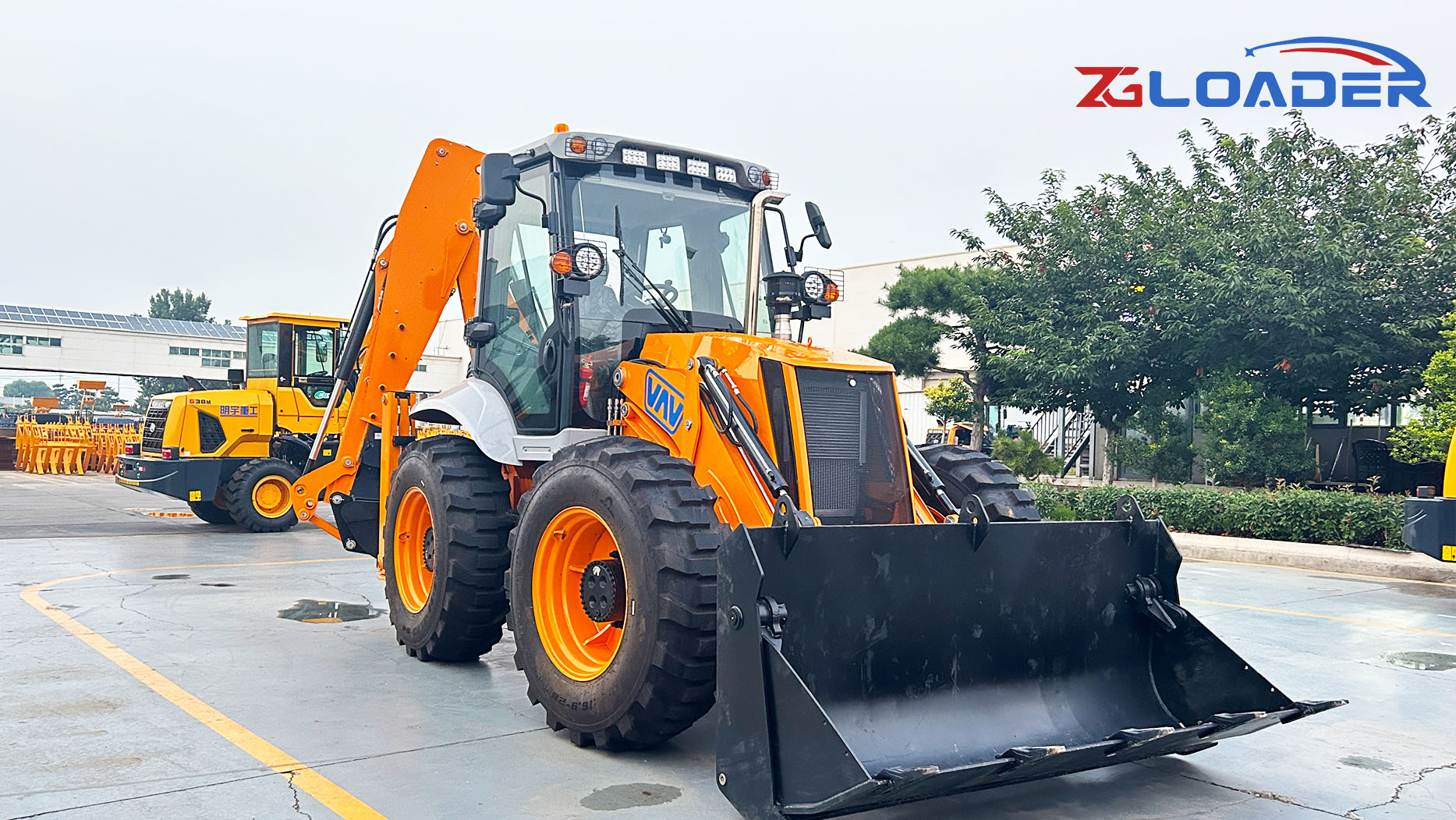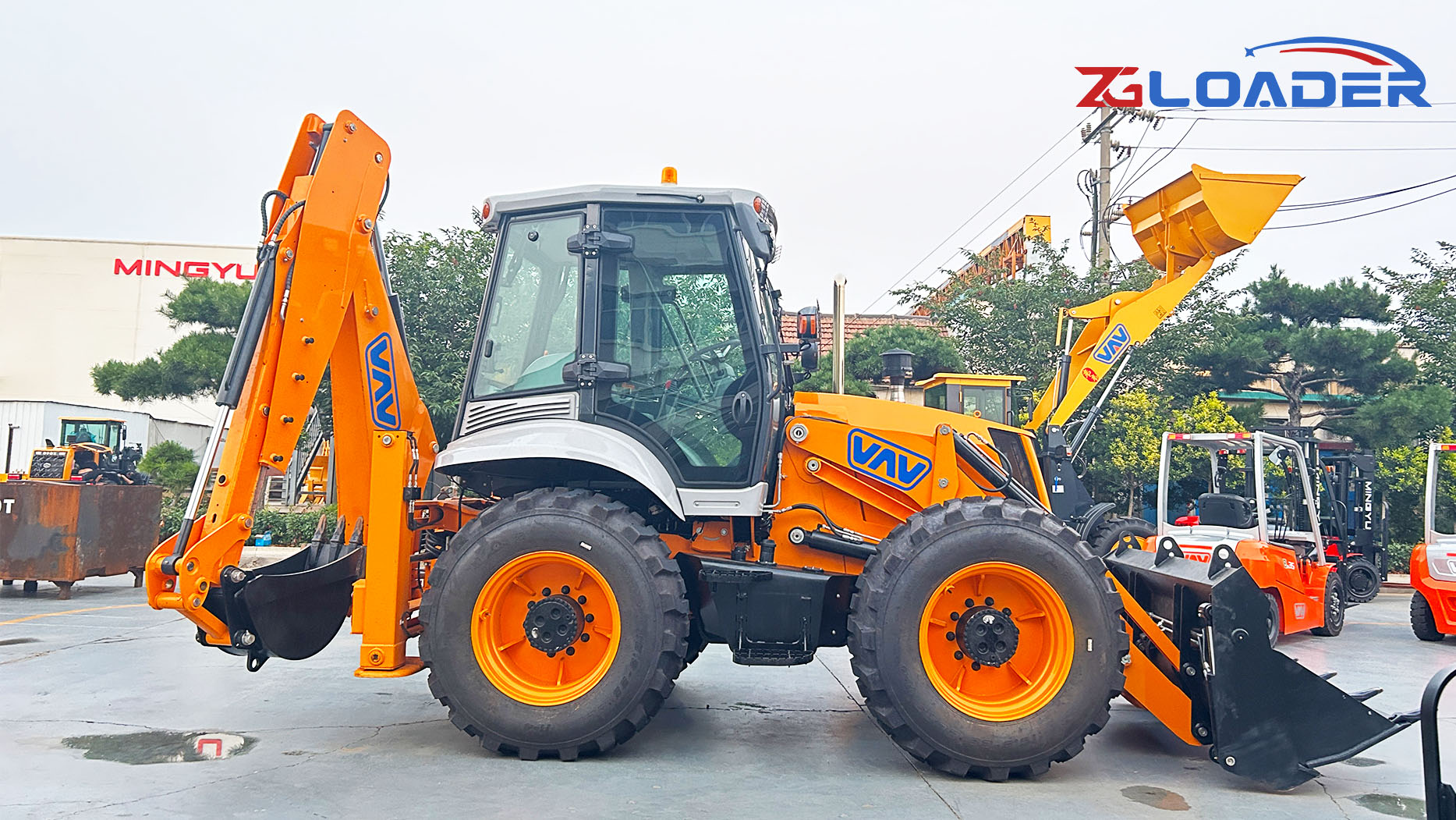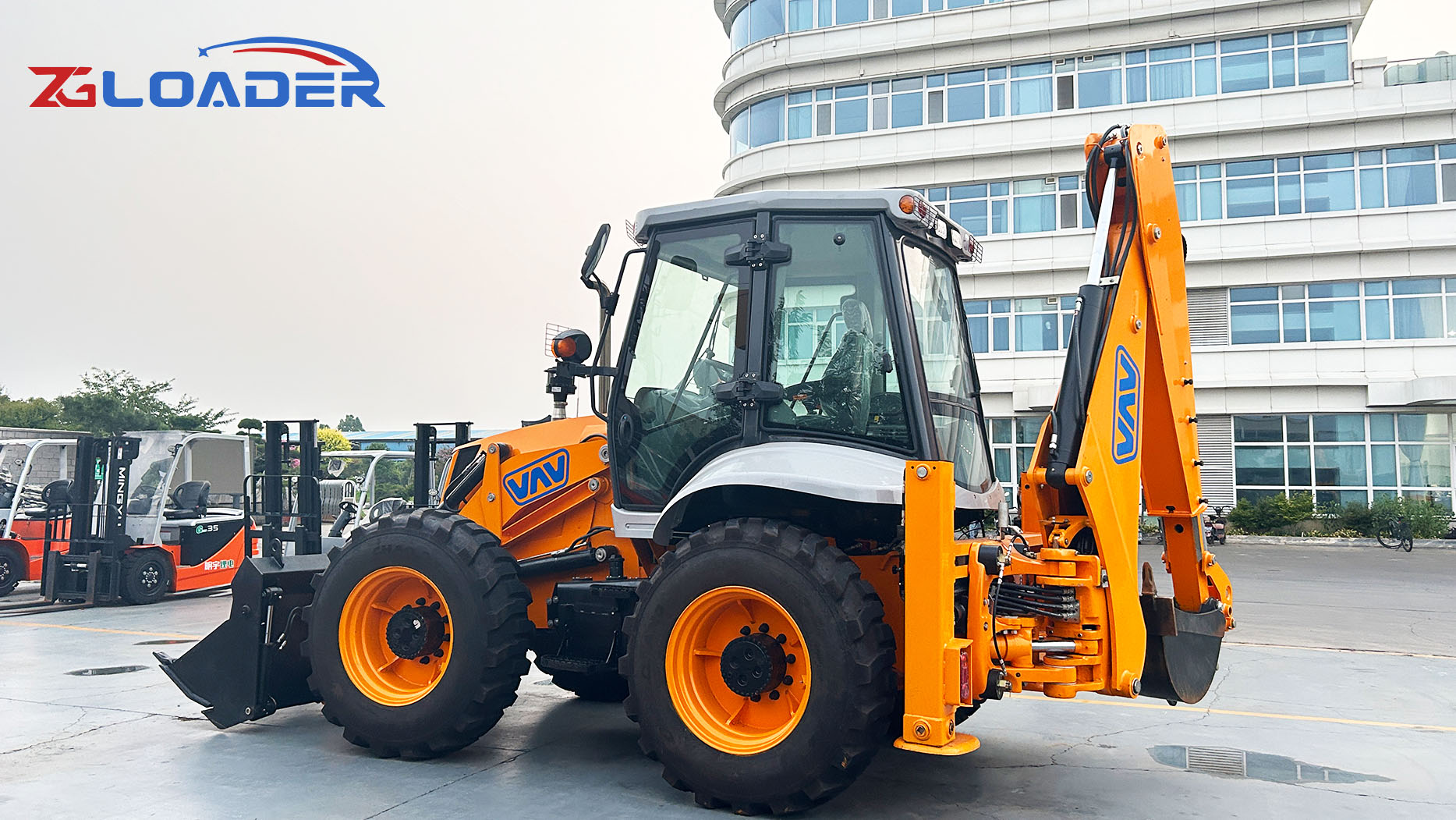The backhoe loader, often simply called a backhoe, is a versatile piece of construction equipment, combining the digging capabilities of an excavator with the material handling and transport functionality of a loader. This versatility, however, can also be a source of potential hazards if the machine is operated incorrectly. Understanding what not to do in a backhoe is crucial for ensuring operator safety, maximizing equipment lifespan, and maintaining job site productivity. This article will delve into the common mistakes and dangerous practices to avoid when operating a backhoe.
Safety First: Avoiding Risky Behaviors
Safety is paramount when operating any heavy machinery, and backhoes are no exception. Several risky behaviors can lead to accidents and injuries:
Operating Under the Influence: Operating a backhoe under the influence of alcohol or drugs is strictly prohibited and extremely dangerous. Impaired judgment, slowed reaction times, and reduced coordination significantly increase the risk of accidents.
Ignoring Pre-Operational Checks: Before starting the backhoe, a thorough walk-around inspection is essential. Check fluid levels (engine oil, hydraulic fluid, coolant), tire pressure, hoses, connections, and the overall condition of the machine. Ignoring this step can lead to mechanical failures and safety hazards.
Bypassing Safety Interlocks: Backhoes are equipped with safety interlocks designed to prevent accidental movement of the boom, dipper stick, or bucket. Tampering with or bypassing these interlocks is extremely dangerous and can lead to serious injuries.
Operating Without Proper Training: Operating a backhoe requires specialized training. Untrained operators pose a significant risk to themselves and others. Proper training covers safe operating procedures, machine familiarization, and emergency protocols.
Disregarding Site Conditions: Before operating the backhoe, assess the site conditions. Look for overhead power lines, underground utilities, unstable ground, and other potential hazards. Contacting utility companies to mark underground lines is crucial.
Working in Unsafe Weather Conditions: Heavy rain, snow, or strong winds can make operating a backhoe dangerous. Reduced visibility, slippery surfaces, and unstable ground can increase the risk of accidents.
Operating Too Close to Obstacles: Maintain a safe distance from buildings, walls, fences, and other obstacles. Accidental contact can damage property and injure personnel.
Failing to Use Seatbelts: Always wear the seatbelt when operating a backhoe. In the event of a rollover, the seatbelt can be life-saving.
Carrying Passengers Incorrectly: Backhoes are designed for a single operator. Carrying passengers on the machine is generally prohibited. If a trainer is present, there should be a designated seat and seatbelt.
Leaving the Machine Unattended with the Engine Running: Never leave the backhoe unattended with the engine running and the bucket raised. This can create a dangerous situation, especially if unauthorized individuals attempt to operate the machine.
Improper Operation: Minimizing Mechanical Stress and Maximizing Efficiency
Beyond safety concerns, several operational practices can damage the backhoe and reduce its efficiency:
Excessive Digging Force: Applying excessive force to the bucket or dipper stick can damage hydraulic cylinders, hoses, and the bucket itself. If the backhoe is struggling to penetrate the ground, it may be necessary to use a different tool or method.
Shock Loading the Bucket: Dropping the bucket from a height or impacting it against hard objects can cause significant damage to the bucket, dipper stick, and boom. Always lower the bucket gently and avoid sudden impacts.
Improper Bucket Usage: Using the bucket for tasks it's not designed for, such as prying or hammering, can damage the bucket and other components. Use the appropriate attachments for specific tasks.
Overloading the Bucket: Overloading the bucket puts excessive stress on the hydraulic system and can lead to premature wear and tear. Always adhere to the manufacturer's recommended bucket capacity.
Rapid or Jerky Movements: Avoid rapid or jerky movements of the boom, dipper stick, and bucket. Smooth and controlled movements are more efficient and reduce stress on the machine.
Ignoring Warning Signs: Pay attention to any warning signs or unusual noises from the backhoe. Ignoring these signs can lead to more serious mechanical problems.
Neglecting Maintenance: Regular maintenance is essential for keeping the backhoe in good working condition. Follow the manufacturer's recommended maintenance schedule and address any issues promptly.
Improper Transporting of Loads: When transporting loads in the bucket, ensure the load is balanced and secure. Avoid carrying loads too high, as this can make the machine unstable.
Swinging the Load: Using the backhoe boom to swing loads is dangerous and can damage the machine. Always transport loads in a controlled manner.
Digging Underneath the Machine: Digging directly underneath the backhoe can undermine its stability and create a dangerous situation. Always dig at a safe distance from the machine's wheels or tracks.
Site-Specific Considerations:
The environment in which the backhoe operates plays a significant role in safe and effective operation:
Working on Slopes: Operating a backhoe on steep slopes can be hazardous. The machine can tip over if it's not properly positioned or if the ground is unstable. Use caution when working on slopes and consider using outriggers for added stability.
Underground Utilities: Damaging underground utilities can have serious consequences. Always contact utility companies before digging and ensure that all underground lines are marked.
Overhead Obstacles: Be aware of overhead power lines, trees, and other obstacles. Maintain a safe clearance to avoid contact.
Confined Spaces: Operating a backhoe in confined spaces can be challenging. Ensure there is enough room to maneuver the machine safely.
Ground Conditions: Assess the ground conditions before digging. Unstable ground can lead to cave-ins or machine tipping.
Attachment-Specific Considerations:
Backhoes can be equipped with various attachments, each with its own set of operating considerations:
Using the Correct Attachment: Use the appropriate attachment for the task at hand. Using the wrong attachment can damage the attachment and the backhoe.
Securely Attaching Attachments: Ensure that all attachments are securely attached to the backhoe. Loose attachments can cause serious accidents.
Understanding Attachment Limitations: Each attachment has its own limitations. Understand these limitations before using the attachment.
Conclusion:
Operating a backhoe safely and effectively requires knowledge, skill, and a commitment to following best practices. By avoiding the common mistakes and dangerous behaviors outlined in this article, operators can minimize the risk of accidents, extend the lifespan of the equipment, and maximize productivity. Regular training, pre-operational checks, and a thorough understanding of site conditions are essential for safe and efficient backhoe operation. Remember, safety is everyone's responsibility.
Post time:Feb.14.2025



